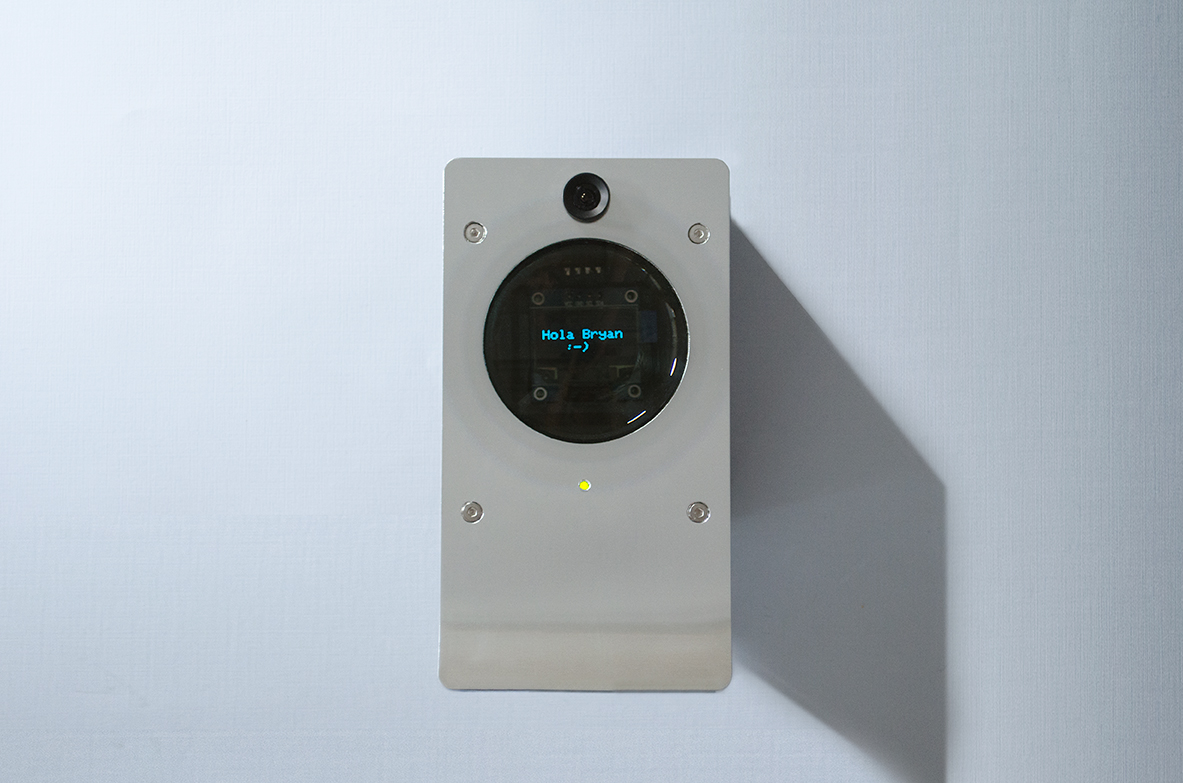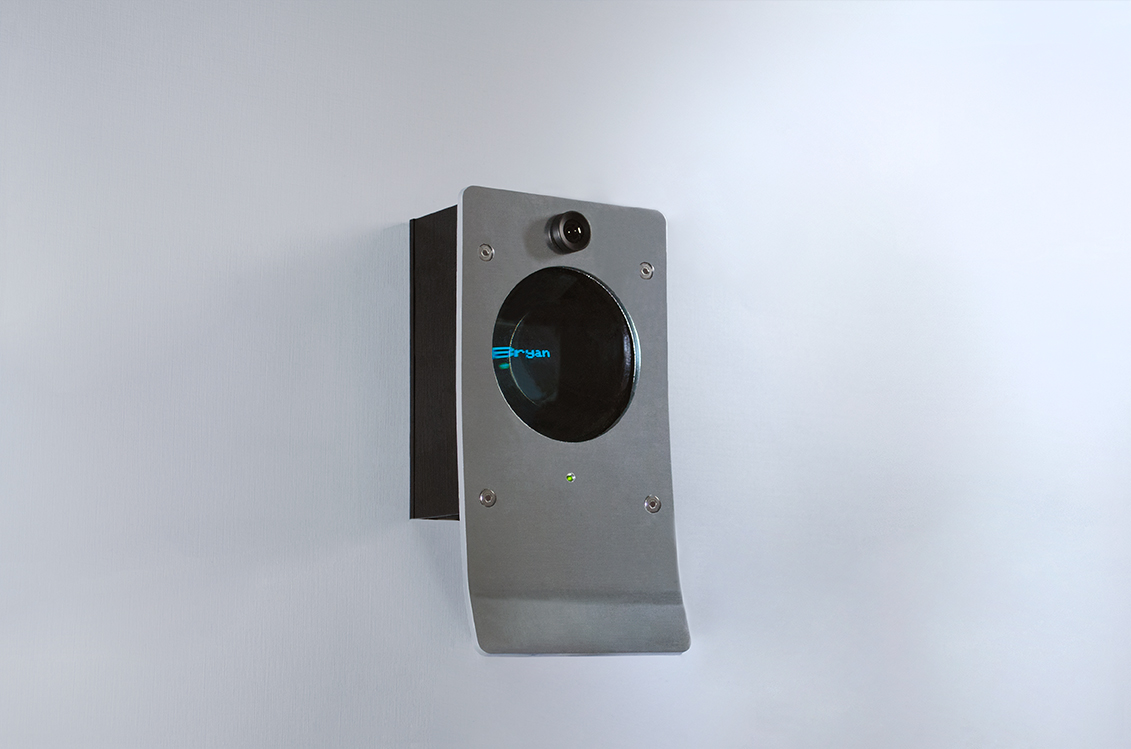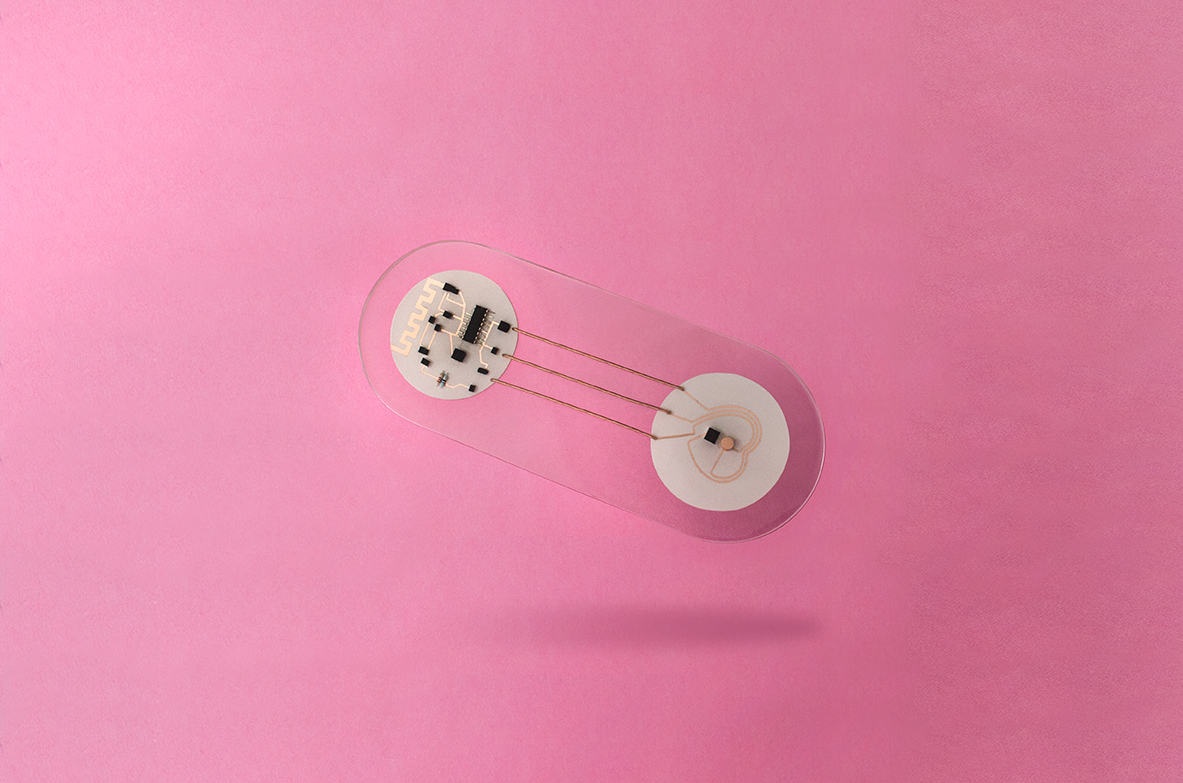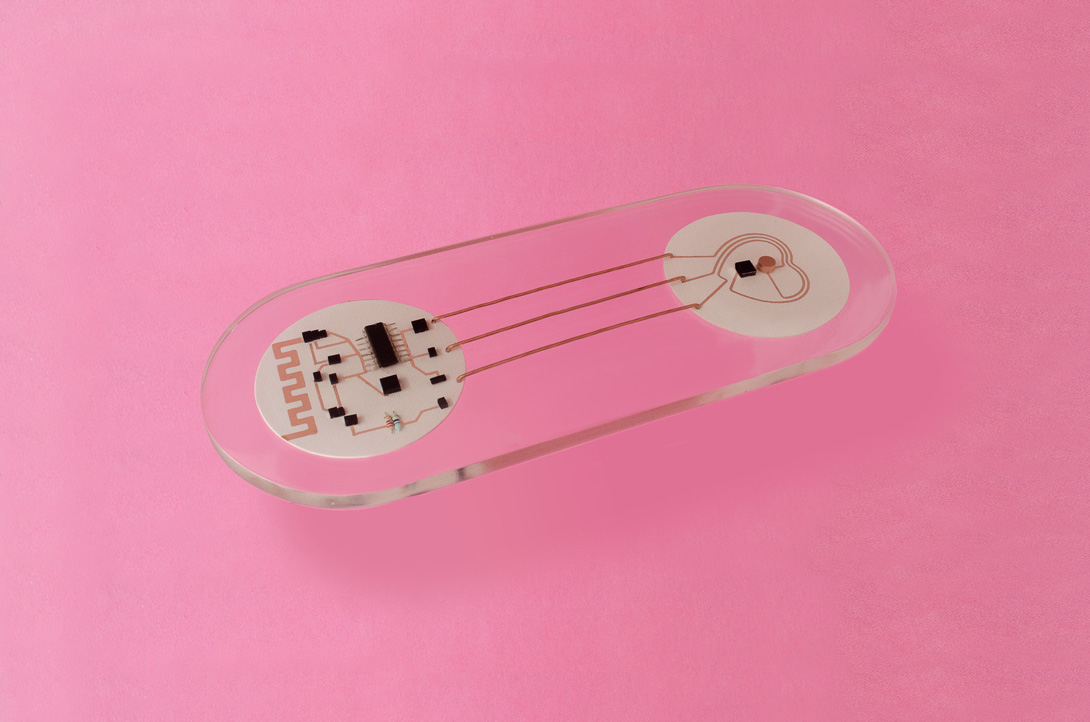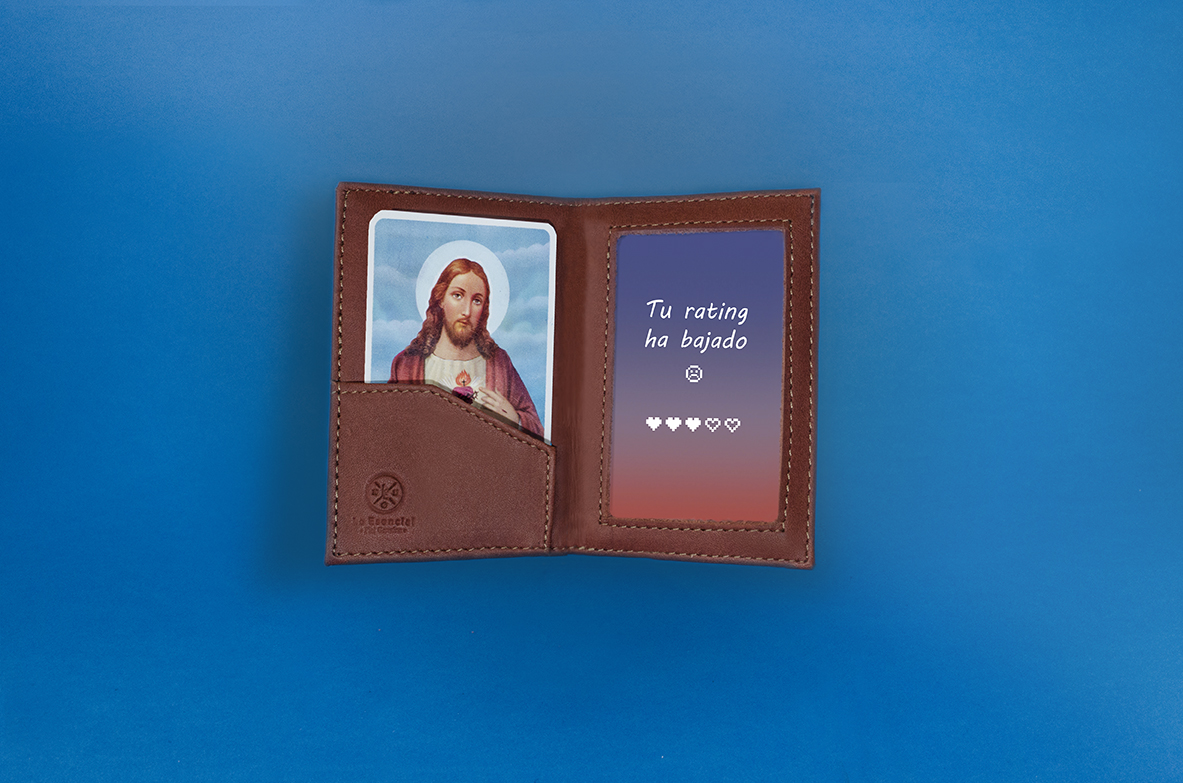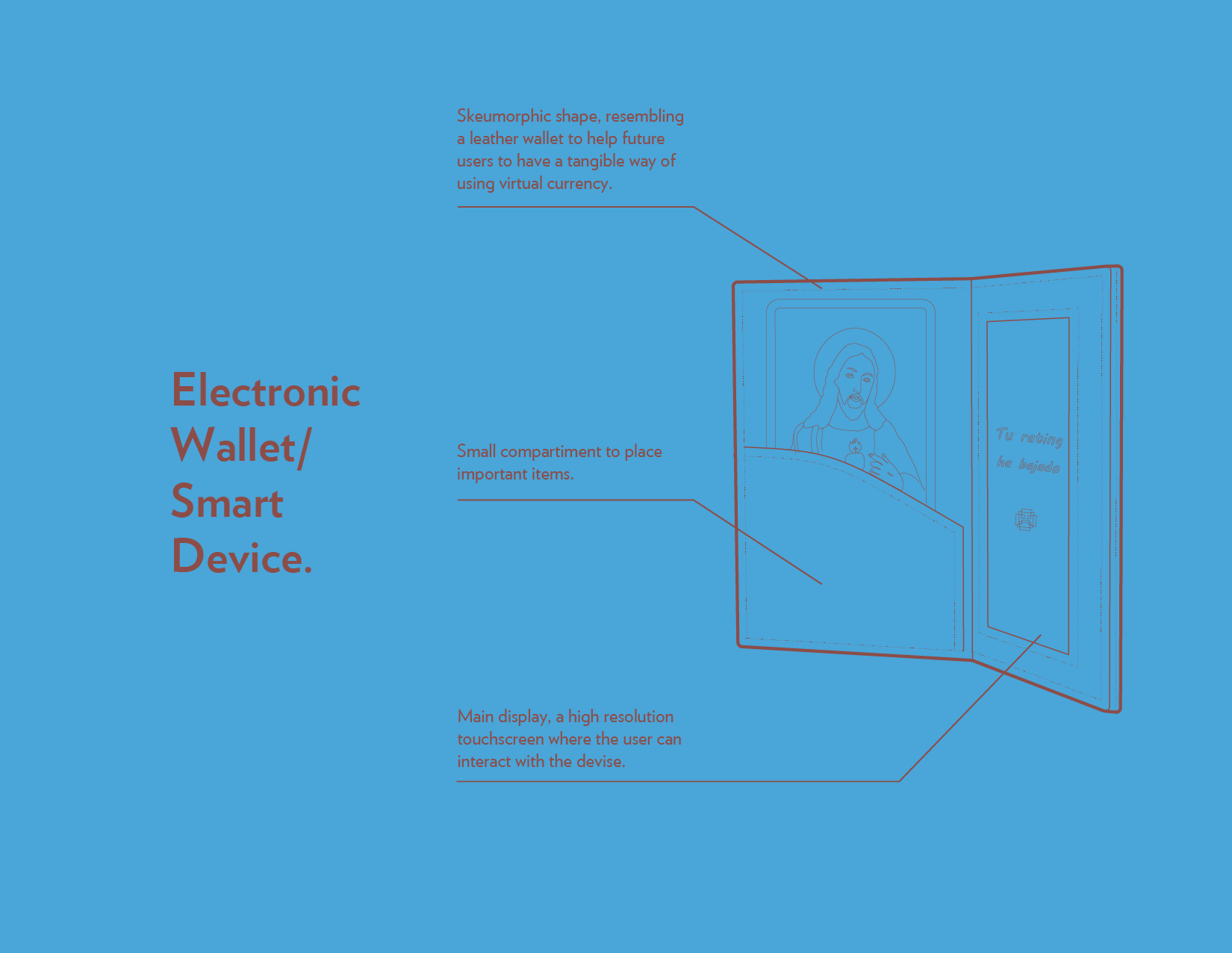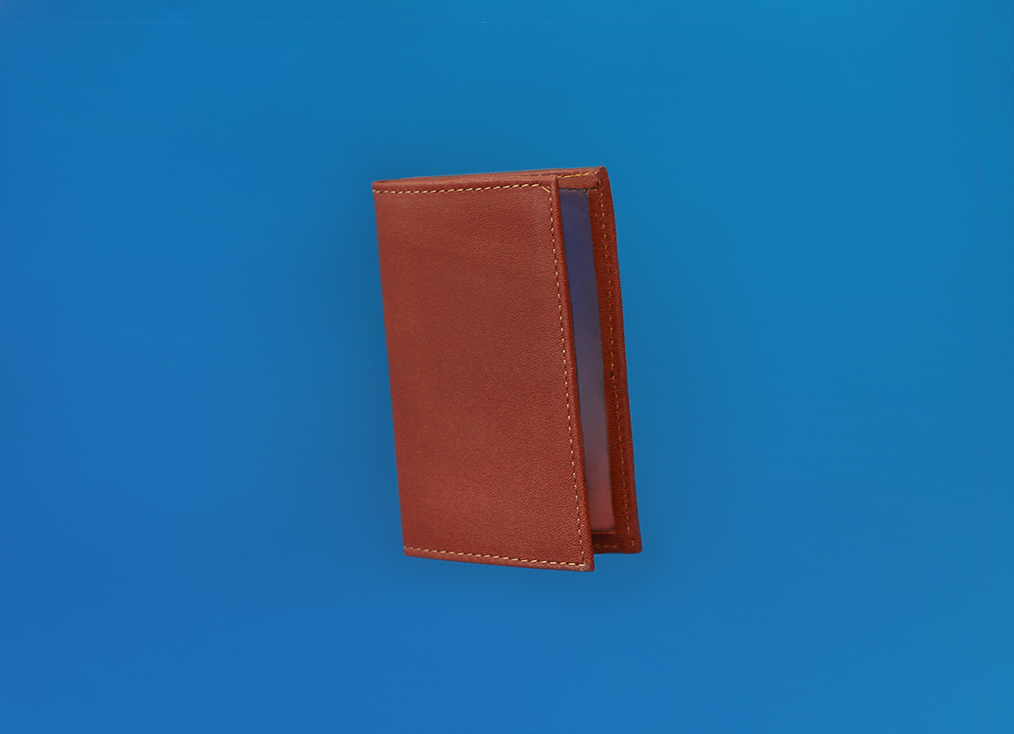Imagining the future of baking for BBVA
On the first months of 2018, Studio José de la O was commissioned by BBVA and Centro University to design and produce four diegetic prototypes for four different scenarios related to the future of finance in Mexico. A Diegetic profile is a fictional product that helps carry the narrative of a specific scenario--like a prop from an alternative reality. For this project, four scenarios were designed by the academic team of the Design of Tomorrow postgraduate course from Centro University in Mexico City. After contemplating these scenarios with a group of experts from BBVA and external consultants, Studio José de la O designed four fictional products that exemplify the everyday life of each scenario.
Scenario 1: Trending Future
Co-living biometric devise
A scenario which projects what the future would look like if things proceed as they are today.
In this scenario, Mexico’s economy has developed to the point people who live in rural areas begin to fill the peri-urban areas in their attempt to live in the city. The technology will be costly, and most people will likely distrust it due to their previous interactions with fintech. The technology should be perceived as familiar and safe. Physically, these objects will be manufactured with semi-industrial techniques and without delicate finishes. In addition, by displacing banks, the GAAF (Google, Amazon, Alibaba and Facebook) dominate markets and begin to look for alliances with the state to install infrastructure and services in the peri-urban zones. Meanwhile, monopolies ignore the existence of relevant SMEs and StartUps, demotivating the desire to continue studying. In this scenario, co-living is an upward trend in Mexico that generates coexistence and sharing spaces.
In terms of design, the Co-Living Biometric Device is fabricated from standardized materials and off-the-shelve electronic components and is assembled by hand. This process follows a manufacturing trend found in today’s technology in México in which the way things are manufactured can be traced fairly easily to its origins.
Scenario 2: Utopic Future
Subcutaneous Biometric Sensor
In this scenario, Mexico has undergone many positive changes: a technological boom caused the emergence of many innovative and entrepreneurial projects, new services with technology based on machine learning, and big data (which also improve the security and cultural flourishing in Mexico). The city is much more inclusive; it is designed for everyone. The representation of money within this utopia has become central. Because cash is almost non-existent, everything is now effortlessly done through electronic transfers, resulting in an increase in online shopping. Finally, GAAFA (Google, Amazon, Alibaba and Facebook) and BAT (Badu, Tencent, Alibaba) maintain good relations with the State. Taxes would be higher, but they would be reflected appropriately.
In this scenario, banks offer more personalized services to appeal to different parts of the population. As a result, biometric subcutaneous devices emerge--a new service that offers better insurance rates, interest rates, etc. depending on the information captured by the biometric implant.
Scenario 3: Catastrophic Future
Bio-Electrical Generator
This situation is characterized by a structural crisis in the country, where the law only serves the upper class. Mexico suffers from disorder, low institutionalization, increasing marginalization and exclusion. In addition, there has been a halt in technological developments within the country, so batteries or generators are difficult to come by and objects are created from components of other objects and spare parts. There are no "new" products.
The country has been polarized into three major players:
The controlling Elite (inspired by the Russian oligarchs), who are the only ones to oversee GAAF (Google, Amazon, Alibaba and Facebook). They control or prevent the development of those below them and consume their wealth outside the country.
The middle sector (inspired by ISIS), who control the most vulnerable and exploit the dominated territories. They are funded by the Elite and tax the dominated communities.
The vulnerable and repressed group, who now have a deep hatred for technology because it undermined their value in the workforce.
In this catastrophic scenario, people become a bargaining chip by selling their organs and their waste as biofuels and as energy, which now has a certain level of dignity. Because of this transformation, an electrical bio-generating toilet and a concession of communal baths are introduced by some investors of the Elite class. Here, people are able to take care of their natural bodily processes, while taking advantage of these wastes to generate gas and water for irrigation which will be marketed and exploited by rebel groups.
This diorama shows how these communities will construct these devices with limited infrastructure, using basic construction skills and repurposed materials.
Scenario 4: futurable future
Electronic Wallet / Smart Device
This scenario displays Mexico as a stable country with improved economic well-being which is reflected in its infrastructural changes, spaces being used more efficiently, and transportation that de-ruralizes--the urban is perceived as more rural (communal) and the rural is more industrialized (agroindustries). Technology is more advanced and present; it is transparent, and its use is based on transition strategies that make it much more familiar. These new technologies register reviews that other people give them with the possibility of earning rewards or popularity discounts. There are still transactions in cash, but the majority are through Tokenization because the banking platforms are much more accessible, resulting in a less informal economy and promotion of SMEs, as well as successful and entrepreneurial indigenous cooperatives. In this scenario, the representation of money begins to change, and new objects are developed to make transfers and payments. One of these devices is a physical wallet with an embedded smart device; it includes all functions of a smartphone and allows for instant payments.
This personal assistant works through applications that allow users to organize their tasks, on top of having sensors that facilitate financial operations such as payments and transactions. With this device, people can qualify to obtain bonuses for good grades and ultimately encourages them to be model citizens.
Client: BBVA Open Innovation / CENTRO
Art Direction: José de la O,
Design: Andrea de la Peña, Diana García, José de la O.
Production: delaO design studio
Images: delaO design studio
Disclaimer: This project started in 2018 before José de la O became full time professor at the Monterrey Institute of Technology and was a teacher of the Design of Tomorrow Program at Centro University.


